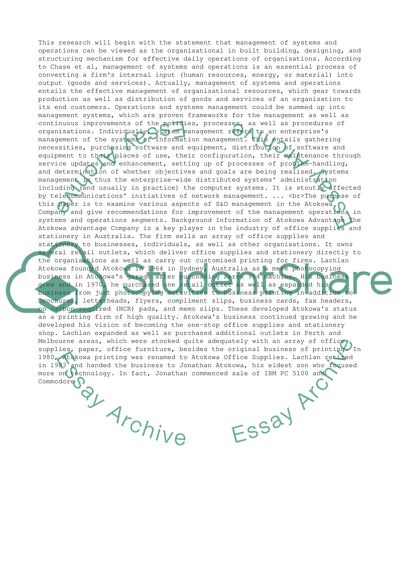Cite this document
(“Various aspects of S&O management in the Atokowa Company Essay”, n.d.)
Retrieved from https://studentshare.org/management/1396195-various-aspects-of-so-management-in-the-atokowa-company
Retrieved from https://studentshare.org/management/1396195-various-aspects-of-so-management-in-the-atokowa-company
(Various Aspects of S&O Management in the Atokowa Company Essay)
https://studentshare.org/management/1396195-various-aspects-of-so-management-in-the-atokowa-company.
https://studentshare.org/management/1396195-various-aspects-of-so-management-in-the-atokowa-company.
“Various Aspects of S&O Management in the Atokowa Company Essay”, n.d. https://studentshare.org/management/1396195-various-aspects-of-so-management-in-the-atokowa-company.


